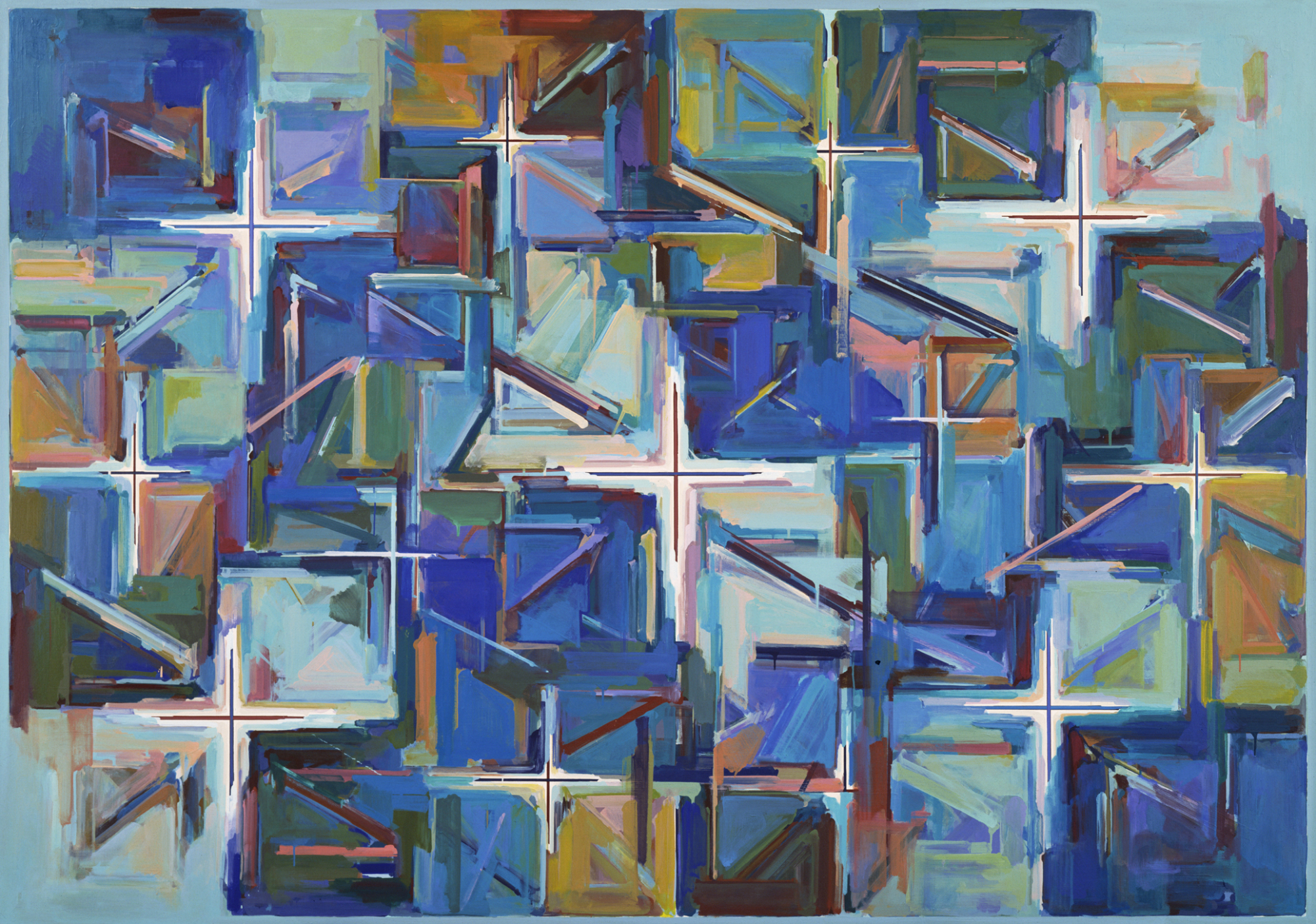Masaaki Yamada (1929-2010) is like a mystery man of modernism. He apparently had no specialist art training of note and is known only by a skeleton biography that is mostly blank before 1943, and patchy thereafter. Said to have begun painting from the so-called tabula rasa of bombed out World War II Tokyo, his unforgettable memories of conflict forced him into a covenant with painting in which he sought meaning and direction in a world he could control.
Yamada assiduously documented his 2,281 oil paintings and 2,777 works on paper in 56 handwritten notebooks detailing his production processes from 1948 to 1972, and photographed most of these. His cryptic but suggestive artist-statement sound bytes, stenciled on the gallery walls between works, also create a distinctly sage atmosphere. Yamada's magisterial career retrospective at The National Museum of Modern Art, Kyoto, is both obsessive and attractive. It also potentially warrants some rewriting of the major art-history narratives of modernism. He was certainly an anomaly, and no one seems quite sure what to do with him now.
He produced a compelling three-tiered oeuvre in which he initially rehearsed 20th-century Western modernism's major moments, subsequently caught up with its achievements and then anticipated some later developments. His entire career is almost illustrative of the mid-20th-century American art critic Clement Greenberg's theorizing of modernist painting's progress toward withdrawing from content and celebrating the medium's paint and inherent two-dimensionality.


















With your current subscription plan you can comment on stories. However, before writing your first comment, please create a display name in the Profile section of your subscriber account page.